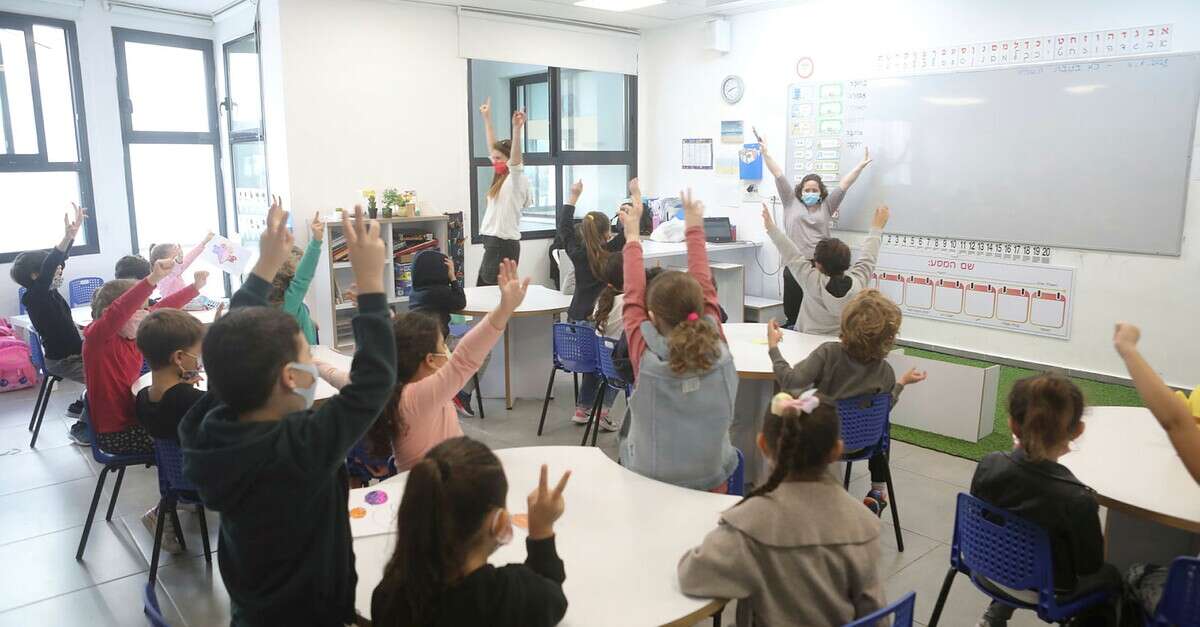
The change follows a directive from Health Minister Yuli Edelstein, so that there will be flexibility in operating the education system, and it will be more attentive to the field.
Edelstein’s decision follows a request from the chairman of the local government center and the mayor of Modi’in-Maccabim-Reut, Haim Bibbs – a decision that will lead to more cities being added to the list of localities that will open the education system tomorrow.
According to the new policy, the calculation of city scores will be done on Mondays and Thursdays. In addition to the cities that have turned yellow, there are a number of orange cities where studies will return due to the high rate of vaccinators. Among the orange cities you can find Rehovot, Netanya, Nahariya, Dimona, Migdal Haemek, Eilat, Tamra, Yokneam Illit and Ma’ale Adumim. On the other hand, there are cities in which the situation has worsened and starting tomorrow, school will return to running from the homes using the computer.
It is important to note that in addition to the cities that have turned yellow, there are a number of neighborhoods in the major cities that can be returned to school, according to the new definitions of the Ministry of Health. These are some quarters of the city of Tel Aviv, parts of Haifa, Beer Sheva, Rishon Lezion, Petah Tikva and Jerusalem.
First graders and up will be required to wear masks
According to the government’s decision, classes in kindergartens will take place six days a week, according to the regular schedule, and after-school classes will operate five days a week, in permanent staffs and in fixed groups (from a maximum of three kindergarten classes, up to 28 students per group).

Learning in grades 1-2 will take place in full grades for five days a week and for five hours daily. In grades three through four, classes will be held in regular groups (up to 20 students per group) for five days a week and for five hours daily.